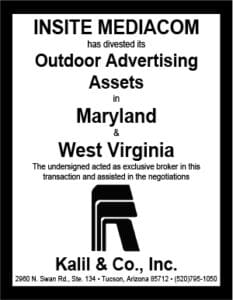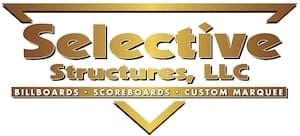Yesterday Craig Berry of Stark Capital discussed private equity terms and conditions. Today he shares 8 tips for independent operators to consider when negotiating and structuring equity transactions.

Tips on Negotiating and Structuring Private Equity Investments:
#1 Secure a commitment first before you draw the capital. If the objective is to use funds for future unidentified acquisitions, have the equity investor commit to an investment without actually calling all of the capital in. No one wants to pay a preferred return on Day 1 and feel rushed to deploy capital. In exchange for this flexibility, offer the investor an ‘unused capital commitment fee’ as this fee will likely be far less than an accruing preferred return on a lump sum capital injection.
#2 Negotiate a performance incentive ownership claw-back. An ownership claw-back is the right for an operator to earn additional ownership over time for exceeding growth objectives and achieving high rates of return. This is a win/win for everyone.
#3 Add additional voting members to the Board of Directors. If you’ve given up a majority control, and you’re worried about losing a voice in company decisions, try adding additional board representation from other key employees inside the company. Additional votes may help to persuade the majority owner in the direction you want.
#4 Be mindful if the preferred return accrues or is paid current each year like a dividend. If the company does not have enough free cash flow to pay the annual preferred return (like in a start-up or early stage company), make sure the investor is willing to accrue the preferred return. If not, in order to keep the investor paid current on the preferred return, the investor will have to contribute additional capital… which will be subject to the preferred return. This scenario digs a bigger hole for the operator to dig out of before being able to split proceeds.
#5 Suggest a lower salary in exchange for a greater split of sale proceeds. Based off W2 and 1099 compensation being taxed at ordinary income levels, it may be more beneficial to negotiate a lower salary in exchange for a higher percentage of the sale proceeds. Assuming you’ll be operating the company for longer than one-year, the sale proceeds will be taxed at long-term capital gains rates. In the eyes of the investor, a lower salary will help the profitability of the company and require less capital for running the day-to-day.
#6 Consider alternative structures. In order to come up with a company valuation for selling equity, it is relatively easy to value existing billboard assets, plus any near-term new development sites that are leased and permitted. However, what’s not typically taken into consideration is future organic growth that the investor will benefit from years down the road. If you’re operating a billboard company with a talented development and management team, this could mean giving up a considerable amount of value down the road. If this resonates with you, consider alternative structures such as:
- Forming a separate ‘special-purpose company’ that an investor could buy into. While being managed by the main operating entity, this special-purpose company could own specific assets, make new acquisitions, and develop certain assets all agreed to by the operator and investor; or
- Offering warrant rights in specific assets or the company. Warrant rights can be a creative option where an investor is given the right to buy a portion of the equity in an asset or company at a discount (often $1). Many times the % given up to the investor is less than a pure equity investment, and the operator maintains more management control during the investment and retain the tax benefits of any losses.
It’s important to note that any alternative equity structures, such as two examples above, may pose more challenges finding an investor as the profitability of the investment can be more limited.
#7 Clearly identify “fair market value” and buy-out terms. Outlining all terms for the investment will help mitigate disagreements down the road. An experienced equity investor will help to outline this process. Further, if you are going to own a minority interest, ensure your market value will not be subject to a minority discount. Minority discounts can range depending on the characteristics of the business, but these discounts are typically in the neighborhood of 25%.
#8 Find an Investor or Equity Sponsor with experience in OOH. Billboard Insider has already hit on this, as there are numerous strategic benefits to partnering with an experienced OOH investor. Simply put, less time educating an investor means more time selling ads & leasing sites!
To learn more about Stark Capital Solutions visit www.starkcapitalsolutions.com and reach out to Chris Stark or Craig Berry.
To receive a free morning newsletter with each day’s Billboard insider articles email info@billboardinsider.com with the word “Subscribe” in the title. Our newsletter is free and we don’t sell our subscriber list.
Paid Advertisement

















